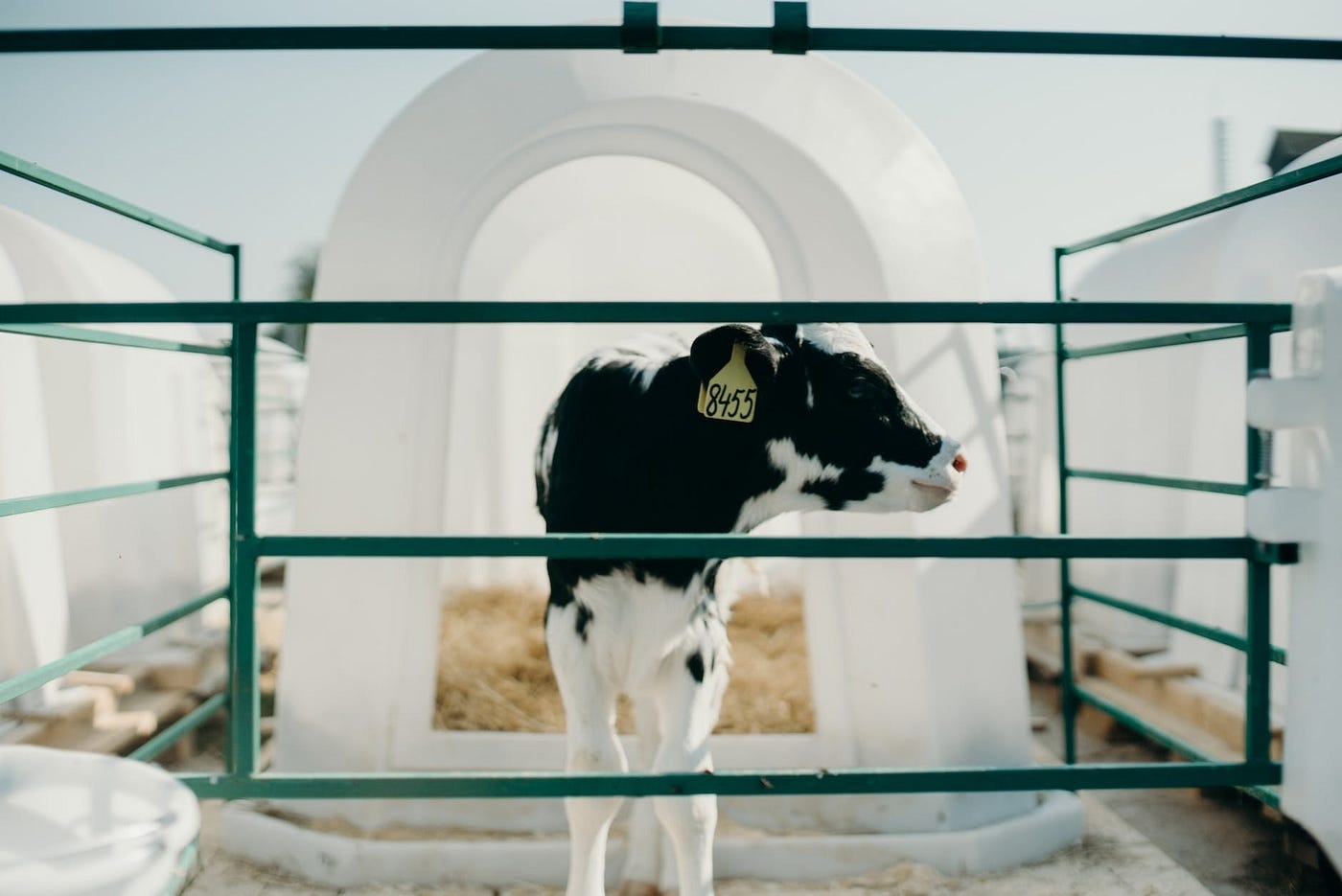Greenhouse Gas Emissions in Farming: Challenges and Solutions

Introduction:
Farming is a crucial industry that not only feeds the global population but also contributes significantly to the economy. However, the tremendous growth of the agricultural sector has raised concerns about its environmental impact, particularly regarding greenhouse gas (GHG) emissions. This article aims to explore the challenges posed by Greenhouse gas emissions farming and highlight potential solutions to reduce its environmental footprint.
1. Understanding GHG Emissions in Farming:
Greenhouse gases, including carbon dioxide (CO2), methane (CH4), and nitrous oxide (N2O), are emitted during various agricultural activities. These gases have the potential to trap heat in the earth's atmosphere, leading to global warming and climate change. The primary sources of GHG emissions in farming include:
a) Enteric fermentation in livestock: Ruminant animals, such as cows and sheep, produce methane during their digestive process known as enteric fermentation.
b) Manure management: Improper handling and storage of animal manure release methane and nitrous oxide into the atmosphere.
c) Synthetic fertilizers: The production and use of synthetic fertilizers release nitrous oxide, a potent greenhouse gas.
d) Rice cultivation: The flooding of rice paddies leads to the production and release of methane.
2. The Challenges:
a) Increasing demand for food: As the global population continues to grow, the demand for food is expected to increase significantly, placing greater pressure on the agricultural sector. This puts farmers in a dilemma as they need to increase production while simultaneously reducing GHG emissions.
b) Limited technological advancements: Unlike other sectors, agriculture has been slow in adopting sustainable technologies that can effectively reduce GHG emissions. Limited financial resources and lack of awareness pose significant challenges to the adoption of green practices among farmers.
c) Agriculture's vulnerability to climate change: Climate change impacts, such as extreme weather events and shifting rainfall patterns, can negatively affect agricultural productivity. This creates a complex relationship between farming and GHG emissions, making it crucial to find sustainable solutions.
3. Solutions to Reduce GHG Emissions:
a) Improved livestock management: Livestock farming accounts for a significant portion of GHG emissions. Implementing better feeding practices, such as adjusting animal diets to minimize enteric fermentation, can help reduce methane emissions. Additionally, investing in anaerobic digestion systems can capture methane emissions from manure and convert them into renewable energy sources.
b) Sustainable soil management: Agricultural practices that prioritize soil health, such as promoting organic farming, conservation tillage, and cover cropping, can sequester carbon dioxide in the soil, effectively reducing GHG emissions. These techniques also enhance soil fertility, water retention, and biodiversity, contributing to the overall sustainability of the farming system.
c) Precision agriculture: Utilizing modern technologies, such as remote sensing and precision farming techniques, can optimize the use of synthetic fertilizers, resulting in reduced nitrous oxide emissions. Precision agriculture enables farmers to apply fertilizers precisely where and when necessary, minimizing both financial costs and environmental impacts.
d) Water management in rice cultivation: Altering traditional rice farming techniques by incorporating intermittent flooding or alternate wetting and drying methods can significantly reduce methane emissions. These practices allow for better control of water levels, creating conditions less favorable for methane-producing microorganisms.
e) Renewable energy adoption: Encouraging farmers to generate renewable energy on-farm through solar panels or biogas systems can reduce reliance on fossil fuels and lower GHG emissions. Incentivizing the adoption of such technologies can lead to increased sustainability and energy independence within the agricultural sector.
Conclusion:
Addressing greenhouse gas emissions in farming is a global imperative in the fight against climate change. By focusing on improving livestock management, implementing sustainable soil practices, adopting precision agriculture, altering rice cultivation techniques, and promoting renewable energy adoption, farmers can reduce the environmental impact of their operations significantly. Ultimately, the transition to a greener and more sustainable agricultural sector is key to ensuring a secure, resilient, and low-carbon future for our planet. Please visit here Greenhouse gas emissions farming for more information.
- Industry
- Art
- Causes
- Crafts
- Dance
- Drinks
- Film
- Fitness
- Food
- Games
- Gardening
- Health
- Home
- Literature
- Music
- Networking
- Other
- Party
- Religion
- Shopping
- Sports
- Theater
- Wellness
- News


